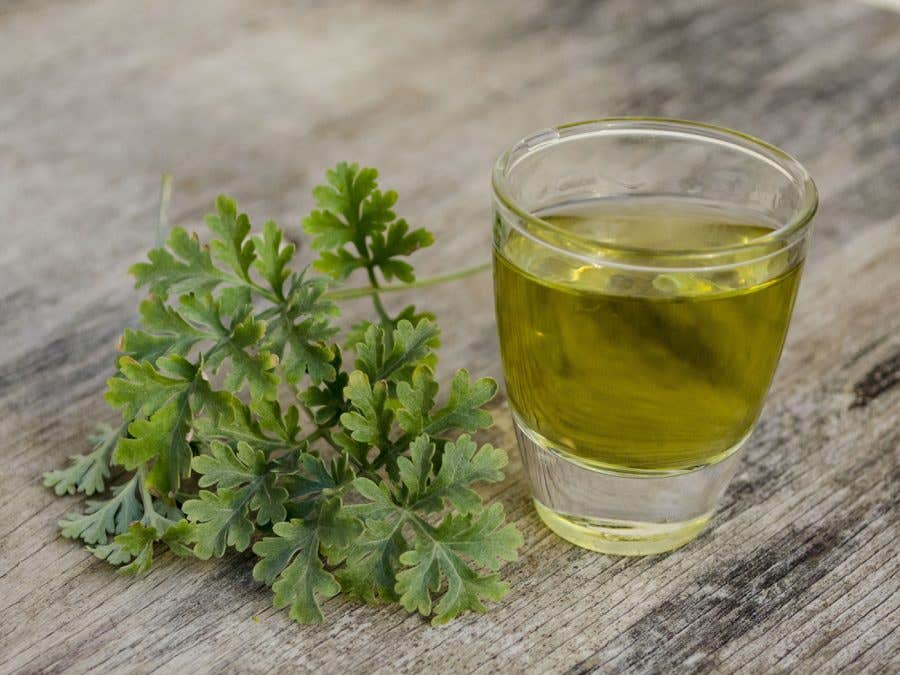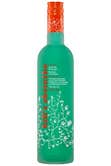The absinthe adventure begins in Switzerland, at the end of the 18th century, when doctor Pierre Ordinaire prescribed it to his patients as a sort of miracle elixir. Today, we know that absinthe has no real healing properties; so you should look for it in your SAQ newsletter and not your pharmacy flyer!
It wasn’t until 1805, with the founding of the Pernod Fils distillery in Pontarlier—renowned for its anise liqueurs—that the drink began to take off. Absinthe very quickly grew in popularity, and already in 1896 the distillery produced almost 125,000 litres per day. Even if absinthe still only represented 3% of the total alcohol consumption in France, wine producers were wary. Its fans were increasing in number, and absinthe was becoming quite fashionable. Wine growers were worried about losing their share of the market . . .
“For me, my glory is an Humble ephemeral Absinthe.”
Paul Verlaine
When the Ligue nationale contre l’alcoolisme [League Against Alcoholism] was created at the beginning of the 20th century, it was therefore quite understandable that absinthe and its consumers would be targeted. The drink, often enjoyed at the “green hour”, became a kind of scapegoat, and conservative movements against alcoholism showed it no mercy. Absinthe would be prohibited in France, starting in 1915. The absinthe of yesteryear would also be illegal in modern Canada, as it contained a high dose of thuyone, a psychotropic substance comparable to the THC (tetrahydrocannabinol) in marijuana. In any case, no exhaustive study has been conducted on the subject of absinthe’s effects as it was consumed in the past.
“They are biting and bitter; their words are steeped in gall and wormwood [absinthe]”
Jean de La Bruyère
Created by distilling the Artemisia absinthium plant, absinthe is a bitter drink that is normally consumed as an aperitif. Following the traditional method, a cube of sugar is dissolved over an absinthe spoon, which softens the bitterness and reveals the elixir’s magnificent green reflections.
Besides its pronounced bitterness, green hue and light taste of camphor, absinthe actually gives off multiple aromas: peppermint, lemon balm, verbena, star anise and coriander figure most prominently. This aromatic range, which is already quite diverse, can also be modified by the way the drink is consumed: mixed with water, on ice, in the traditional manner, or even featured in a cocktail. Let your imagination go wild!
If you haven’t had your first sip of the so-called Green Fairy, try Hill’s Absinthe, a fine liqueur in the absinthe tradition. It will unleash all its aromas over lightly melted ice. However, if you prefer, you can also enjoy a more traditional absinthe tasting.
 Access to SAQ Inspire personalized services and store inventories are unavailable at the moment.
Access to SAQ Inspire personalized services and store inventories are unavailable at the moment. Free in-store delivery with purchases of $75+ in an estimated 3 to 5 business days.
Free in-store delivery with purchases of $75+ in an estimated 3 to 5 business days. 











